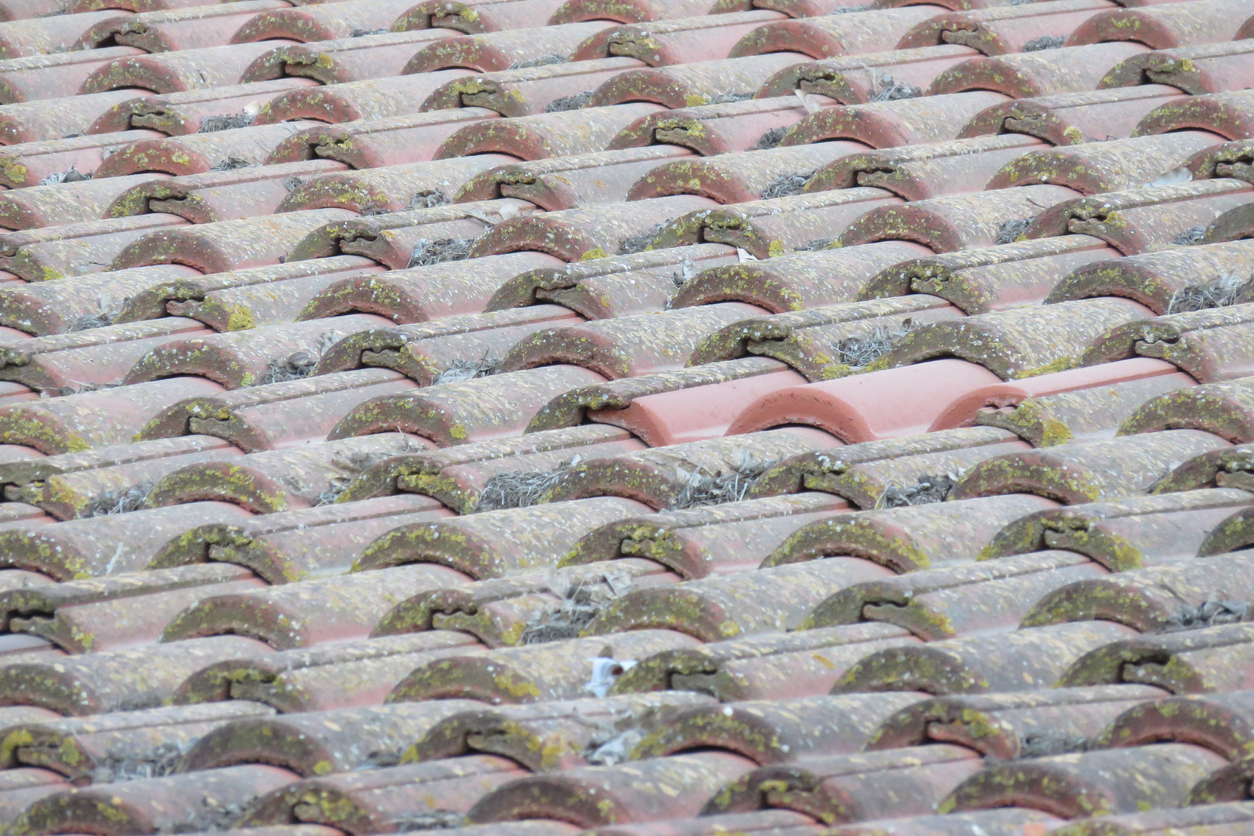A recent case out of Massachusetts examined an ‘ensuing loss’ clause and found that there was not coverage provided for the loss at issue.1 Abbott, a manufacturer of a milk-based product, entered into a contract packing agreement with Hood to produce 40 million bottles of Myoplex. Hood was required to conduct specific quality control testing. Some testing was so Myoplex remained contaminant free, others so it remained hermetically sealed. A secure seal test involved puncturing bottles under pressure, so it was a destructive test.
Hood began a production run in May, 2009. A bottle failed the secure seal test so production was suspended. The problem was thought to be isolated, so production continued. Four days later, another bottle failed the test and production was halted again. An investigation revealed a failure rate of 7%. Hood reported the results to Abbott which stated it would not accept any bottles from the run.
Hood did further testing and found a 9% failure rate. It could not isolate the cause. Hood and Abbott agreed that the two million bottles from the production run could not be used and they were destroyed. Eventually it was learned that the liner in the bottle caps affected the seal and caused the bottles to fail the test.
Hood filed a claim for the destroyed production and Allianz denied coverage, stating there was no coverage for the loss because no actual property damage occurred.2 No Myoplex bottle sustained physical damage and Hood decided to destroy the run. Allianz argued that a future risk of damages was not covered.
The policy in question stated as follows:
Subject to the terms, conditions, exclusions and limitations contained herein or endorsed hereon and in consideration of the premium paid, this ‘policy’ covers all risks of direct physical loss or damage to Insured Property at Insured Location(s), provided such physical loss or damage occurs during the Policy Period.
Hood argued that direct loss/damage did occur once the product’s fitness for human consumption was questioned, causing the product to lose its value.3
The court held that the loss was subject to an exclusion for “faulty workmanship, material, construction or design, from any cause.” It found this applied to the bottle cap liner because the characteristics of the liner changed as it aged and Hood failed to apply the correct torque. When a company “assumes the obligation of completing [its work] in accordance with plans and specifications and fails to perform properly, [it] cannot recover under the all-risk policy for the cost of making good [its] faulty work.”4
Hood argued that if the defective workmanship exclusion applies, that it only applies to the bottle caps and that loss of the product inside the bottle is covered. “This ‘policy’ does not cover the following, but if physical loss or damage not otherwise excluded by this ‘policy’ to Insured Property at Insured Location(s) results, then only such resulting physical loss or damage is covered by this ‘policy.’ ” This is commonly referred to as an ‘ensuing loss’ or ‘resulting loss’ provision.
Some ensuing loss cases state that such provisions provide coverage for property damage that is separate from the damage directly caused by the excluded event without a break in the chain of causation.5 Other cases find coverage for damage that is not independently caused.6
The court found that the damage Hood suffered was directly caused by an increased risk of future spoilage evidenced by the secure seal testing. There were not separable losses. The bottle cap liners rendered the entire product unsaleable, falling directly with the exclusion.
When you think of an ensuing loss, think of it this way: excluded peril, excluded damage; covered peril, ensuing damage. These clauses were included in policies as a result of an earthquake in San Francisco which caused earth movement. This movement caused gas lines to shift and break, releasing gas and causing fires which resulted in property damage. While earth movement was an excluded peril and the earthquake damage was an excluded loss, the resulting fires were a covered peril and the fire damage was the ensuing loss. There must be two kinds of damages—one from the initial loss and one from the ensuing loss—for the courts to apply to these clauses.
1 H.P. Hood LLC v. Allianz Glob. Risks U.S. Ins. Co., 88 Mass. App. Ct. 613, 613-20, 39 N.E.3d 769, 770-75 (2015), review denied sub nom. H.P. Hood LLC v. Allianz Glob. Risks US Ins. Co., 473 Mass. 1109, 44 N.E.3d 862 (2016).
2 See Tocci Bldg. Corp. v. Zurich Am. Ins. Co., 659 F.Supp.2d 251, 259 (D.Mass.2009) (“It is impossible to read the [‘all risks’] insurance policy [at issue there] as providing coverage for ‘risk’ in the absence of a ‘damage’ ”).
3 The courts are split as to whether or not this type of loss constitutes a direct physical loss. See S. Wallace Edwards & Sons v. Cincinnati Ins. Co., 353 F.3d 367, 374–375 (4th Cir.2003) (destruction of product due to safety concerns constitutes direct physical damage); Pillsbury Co. v. Underwriters of Lloyd’s, London, 705 F.Supp. 1396, 1399–1400 (D.Minn.1989) (insured’s reasonable determination that product may not be fit for human consumption equates to direct physical loss); General Mills, Inc. v. Gold Medal Ins. Co., 622 N.W.2d 147, 150–152 (Minn.Ct.App.2001) (inability to lawfully distribute products because of failure to meet Food and Drug Administration regulations establishes direct physical loss); See also Silgan Containers, LLC v. National Union Fire Ins. Co. of Pittsburgh, P.A., U.S. Dist. Ct., No. C 09–5971 RS, slip op. at 5–6, 2011 WL 4551467 (N.D.Cal. Oct. 3, 2011), rev’d and remanded on other grounds, 543 Fed.Appx. 635 (9th Cir.2013) (decision to destroy cans of tomatoes because of a “ ‘risk’ that they would develop problems” is not “physical injury to tangible property”).
4 Allianz Ins. Co. v. Impero, 654 F.Supp. 16, 18 (E.D.Wash.1986).
5 Montefiore Med. Center v. American Protection Ins. Co., 226 F.Supp.2d 470, 479 (S.D.N.Y.2002) (claimed loss is not “wholly separate” where “collapse of the very portion of the building that [was] … designed defectively” constitutes damage).
6 Dawson Farms, L.L.C. v. Millers Mut. Fire Ins. Co., 794 So.2d 949, 950–953 (La.Ct.App.2001) (condensation damage to crops stored in refrigerated facility covered as ensuing loss, even though cost to repair facility’s faulty construction causing condensation was excluded).



